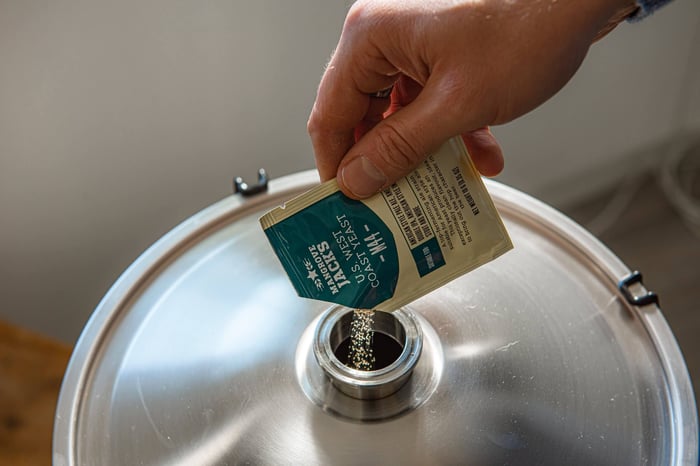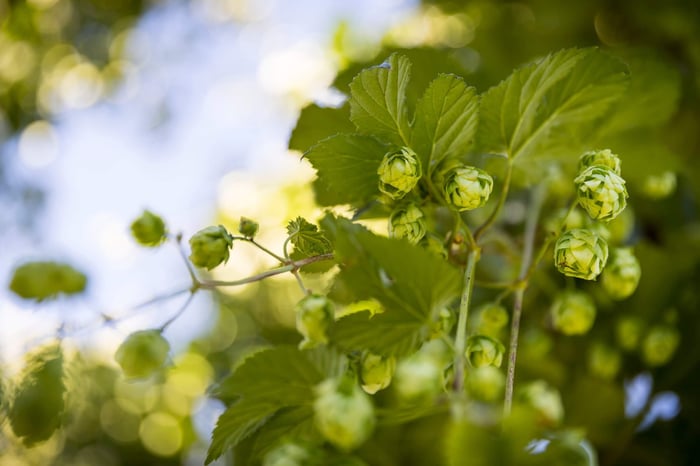Ever wished you could squeeze two completely different beers out of one brew day? Well, grab your calculator and settle in—we're about to dive into parti-gyle brewing, one of the oldest tricks in the brewer's playbook that's having a serious moment right now.
What Makes Parti-Gyle Brewing So Clever?
Picture this: you mash once, but instead of calling it a day, you drain that first wort and then give those same grains a second go. What you end up with is brewing gold—two distinctly different worts from the same grain bill. Your first runnings will pack a punch with higher gravity but smaller volume, while your second batch gives you more volume at a gentler strength.
Here's where it gets really fun: since you're boiling each wort separately, you become the master of your own brewing destiny. Different hop schedules? You bet. Unique boil additions? Absolutely. Want to experiment with different yeasts or throw in some wild fermentation additions? The world's your oyster.
Why American Brewers Are Loving This Method
Let's be honest—sometimes you nail that perfect imperial stout recipe, but 6 gallons of 12% ABV beer is a lot to handle. With parti-gyle brewing, you can still craft your high-octane masterpiece while creating a sessionable "small beer" that won't knock you sideways on a Tuesday night.
Think about it: one brew day, but you end up with a robust American barleywine for special occasions and a crisp pale ale for everyday drinking. It's like getting two brewing sessions for the price of one, plus you're carrying on a tradition that goes back centuries.
Crunching the Numbers (Don't Worry, It's Easier Than It Looks)
Alright, math time—but stick with us because this is where the magic happens. Let's walk through a real example that'll make sense of the whole process.
Recently, I wanted to brew 2.4 gallons of American barleywine (OG 1.075) and 4 gallons of American pale ale (OG 1.035). Here's how the numbers work:
Step 1: Calculate Your Gravity Units
- Barleywine: 2.4 gallons × 75 points = 180 GU
- Pale Ale: 4 gallons × 35 points = 140 GU
- Total needed: 320 GU
Step 2: Work Out Your Grain ContributionsUsing my grain bill of 10 lbs Maris Otter, 2.1 lbs Munich, and 0.4 lbs Crystal at 75% efficiency:
- Maris Otter: 10 lbs × 26 points = 260 GU
- Munich: 2.1 lbs × 26 points = 54.6 GU
- Crystal: 0.4 lbs × 25.5 points = 10.2 GU
- Total available: 325 GU
Perfect! We've got enough grain power to hit our targets with a little wiggle room.
Brewday Adjustments Made Simple
Here's the beauty of understanding gravity units—if your numbers don't line up perfectly on brew day, you've got options. Running a bit weak? Extend that boil to concentrate your wort. Coming in too strong? A splash of brewing water will bring you back on target.
Just remember: if you're adjusting volumes, your hop calculations need to follow suit. Nobody wants a barleywine that tastes like chewing on pine needles or a pale ale with all the bitterness of chamomile tea.
Ready to Give It a Shot?
Parti-gyle brewing might sound intimidating at first, but once you wrap your head around the concept, it's incredibly rewarding. You're essentially becoming a more efficient brewer while exploring the full potential of your grain bill.
We've got a parti-gyle brewing video dropping soon that'll walk you through the entire process step by step—no confusing math, just good old-fashioned brewing wisdom in action.
Got questions about your parti-gyle calculations or want to share your own two-beer success story? Drop us a line or hit us up in the comments. We love talking shop with fellow brewers who aren't afraid to try something new.
Grainfather Team










